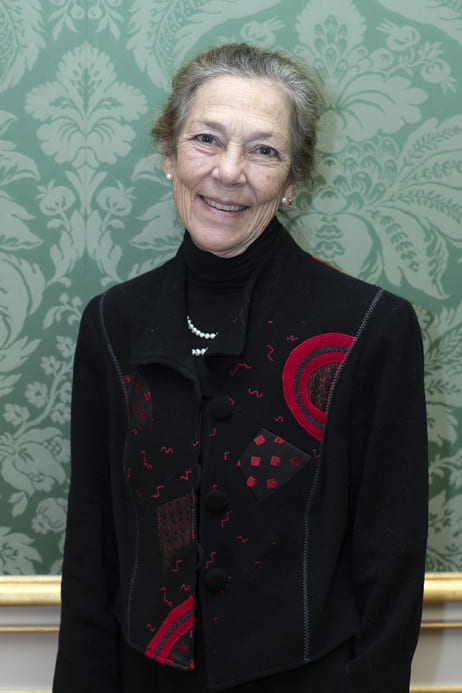I am a pediatric orthopedic surgeon who has developed a career as a clinician scientist. My major research focus has been the etiology of idiopathic scoliosis (IS). I maintain an active laboratory directed to the pathophysiology of this disease and have developed a large, well-defined biobank of families with IS (including approximately 3000 individuals from 700+ families), in an effort to define the pathogenesis of this disorder. IS is recognized as a complex genetic condition, however, our understanding of the genetic underpinnings responsible for the initiation and progression of IS are limited. Treating these young patients, who are overwhelmingly female and otherwise ‘normal’ individuals, with bracing and/or surgery is heartbreaking, as the treatment is solely directed to the spinal curvature, the result of the problem, not the cause of the problem. Progressive spinal curvatures have a significant impact on psychological, cosmetic and quality of life factors of the individual, family and public health over their lifetimes resulting in a huge burden on our society.
My research is focused on determining the genes, molecular pathways and functional mechanisms, which relate to this phenotype and spinal axial development. Over time, I have directed the work from the study of pathological tissues, candidate genes, the recognition of family based disease, the need for a large study cohort, genome-wide and finemapping STRP/SNP analyses, and NextGen exome sequencing for the identification of rare private genetic variants related to IS. I have made significant progress with a well phenotyped population both in terms of identifying genomic areas that may be contributing to this disorder, and with the identification of rare select private variants within families that potentially relate to the observed phenotype followed by functional evidence within animal models that maintain construct validity.



